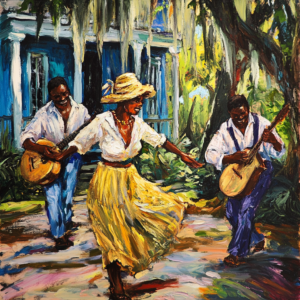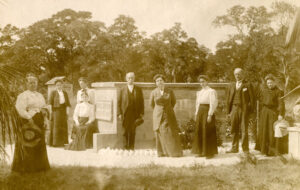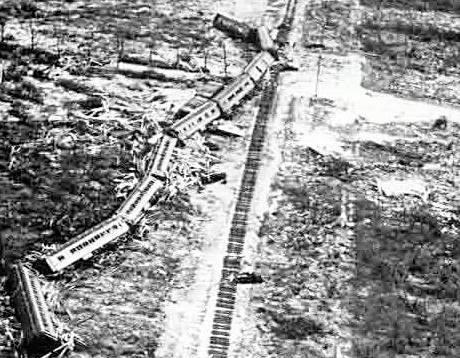
Like most people in Florida, I have spent the last week glued to the Weather Channel watching Hurricane Dorian. Luckily, the West Coast was taken out of the cone over the weekend, but for most people, Labor Day plans had already been changed or cancelled. According to NOAA, historically, Labor Day has been a prime time for hurricanes with more than two dozen storms affecting the United States over this holiday weekend, seven of which had a Florida landfall.
One of the worst hurricanes to hit the United States is known as the Great Hurricane of 1935, a category 5 storm that slammed into the Florida Keys on Labor Day killing approximately 400-600 people. Many of these victims were veterans who were in the Keys working on the highway that was to connect the Keys to the mainland.
The workers were housed in poorly constructed shacks near the beach, just a mere foot or two above sea level. Although hurricanes were common in the Keys, officials had a plan in case a storm approached the islands. They arranged to have a special Florida East Coast Railway train from Miami come to the Keys and evacuate the workers in the event of a hurricane.
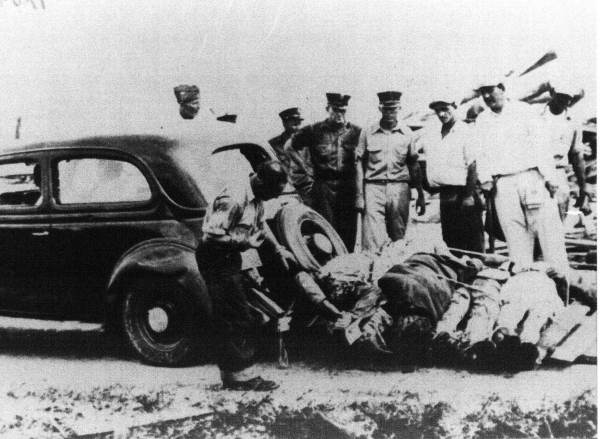
Photo Credit( State Archive of Florida)
Unfortunately, the communications between the railroad officials and those managing the men were not all that good. The managers in the Keys were under the impression that a train would be available at a moment’s notice if needed for the evacuation. However, the railway officials insisted that the only way a train could be ready immediately would be if it were always parked on a sidetrack in Miami . This would cost money. Since the mangers did not agree to these conditions, no trains were immediately available when the storm approached.
The storm began as a tropical wave in late August rolling off the coast of Africa and beginning its journey across the Atlantic. Back in those days, hurricanes were difficult to track, and the Weather Bureau predicted the storm would hit Havana on Labor Day. Cuban officials were concerned about where the storm was located, so they hired a pilot to fly out over the Florida Straits and look for the hurricane.
When the pilot returned, he stated that the storm was north of the Weather Bureau’s forecasted plot and was heading right towards the Keys. Once the officials in the Keys learned of the change in the hurricane’s prediction, they called for the evacuation train. They were shocked to learn that it would take several hours to get the train ready for the trip to the Keys.
In the meantime, the hurricane was rapidly intensifying as it came ashore on the evening of Monday, September 2. The storm caused catastrophic damage in the upper Keys with a storm surge of 18 to 20 feet.
The rescue train did not arrive in Islamorada to pick up the workers until late in the evening, and by this time, the storm was battering the island with 200 mile an hour winds. Just below Snake Creek, the train was blown off the tracks and never made it to the veterans’ camp located below Matecumbe. The men watched helplessly as the work camps were blown apart by the hurricane force winds. By the time the storm passed, more than half of the 400 men in the camps were dead.
Even today, the Great Hurricane, holds the record for lowest barometric pressure of any Atlantic Ocean storm to make U.S. landfall. The lower the pressure the more destructive the storm. The 1935 Labor Day storm had a barometric pressure of 892 when it reached land. The storm continued northwestward along the Florida west coast, weakening before its second landfall near Cedar Key on September 4.
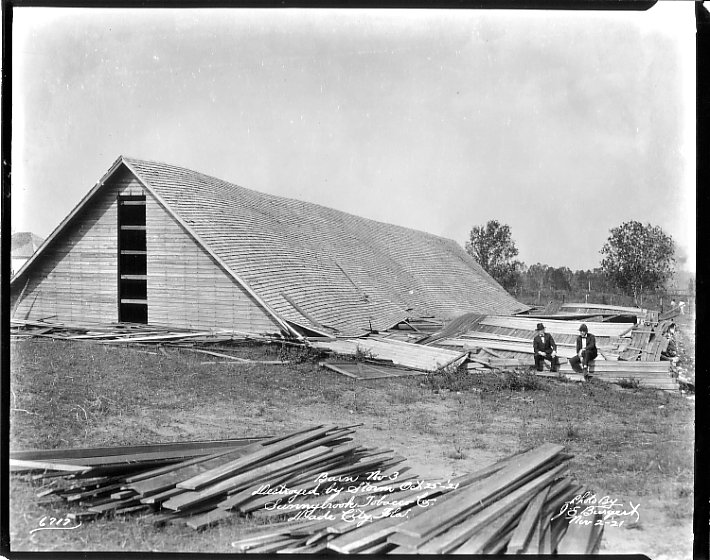
Other Labor Day weekend hurricanes to hit Florida include David in 1979, Elena in 1985, Frances in 2004, and Hermine in 2016.
